Teach you to read MSDS, shipment is safer!
Container transportation has become the most convenient and efficient mode of transportation today. At the same time, we see an endless stream of maritime accidents caused by false declaration and omission of dangerous goods.
Various shipping companies have shown high liquidated damages and called for industry self-discipline. There is only one purpose: to ensure the shipping safety of ships and goods and protect the interests of customers. However, it is far from enough to rely on the deterrence of penalty provisions and subsequent review. In all links of goods production, storage, space booking, packing and transportation, employees (including customers and agents) need to have a clear understanding of Solars and IMDG Code regulations and a clear understanding of the characteristics of the transported goods.
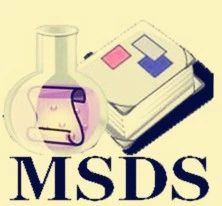
Now let's introduce "MSDS" and "battery", which is the top one in the product name, and make a series of explanations to learn and enrich relevant knowledge with you, so as to jointly create a "safe", "self-discipline" and "efficient" industry environment.
1、 How to correctly understand the relevant characteristics of goods?
Check the MSDS data of the goods to understand the characteristics of the goods and minimize the risk index. The full name of MSDs is material safety data sheet (material safety data sheet), which is internationally known as chemical safety information card. It is a file for chemical manufacturers and importers to clarify the physical and chemical characteristics of chemicals (such as pH value, flash point, flammability, reactivity, etc.) and possible hazards to users' health (such as carcinogenesis, deformity, etc.).
MSDS contains 16 basic materials, which are indispensable. Before you provide information, you can check whether the following information is complete.
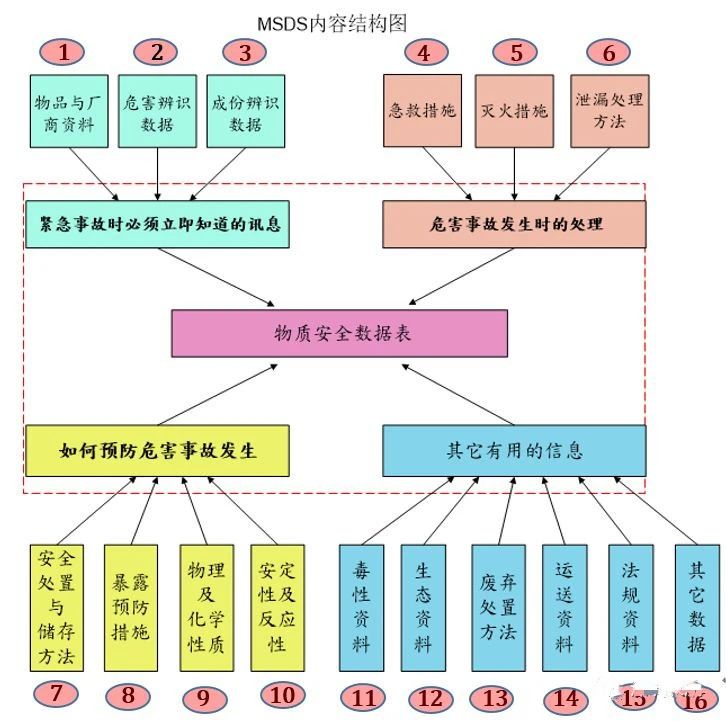
Generally, the goods that need to check MSDS include batteries, chemicals, etc. In addition to identifying dangerous goods and non dangerous goods, MSDS can also identify and confirm the special stowage of some special goods.
The following basic elements are generally required when reviewing MSDS:
The validity period accepted by MSDS is 3 years from issue date
The 16 basic contents shall be filled in item by item, except for [other information]
The second or third column of MSDs shall be 100% complete
Column 14 If there is un No., class, it belongs to dangerous goods
The name of the manufacturer of MSDs is consistent with the name of the manufacturer in the identification of goods transportation conditions. If not, the relationship between the two shall be explained
2、 Popularize battery products for everyone
1. Non hazardous batteries that do not require MSDS check:
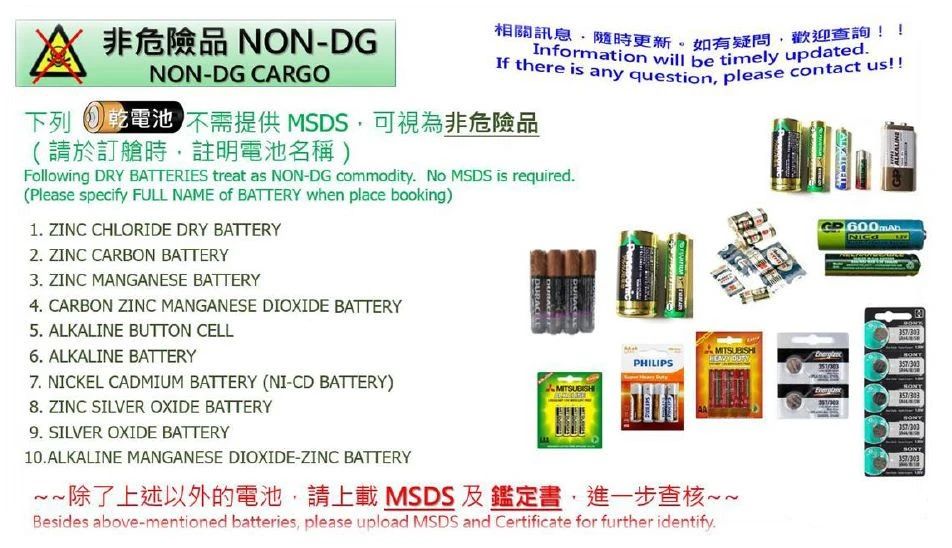
Alkaline battery
Zn Mn Battery
Carbon zinc battery
Dry battery
It can be regarded as non dangerous goods, and there is no need to declare dangerous goods and submit them for approval.
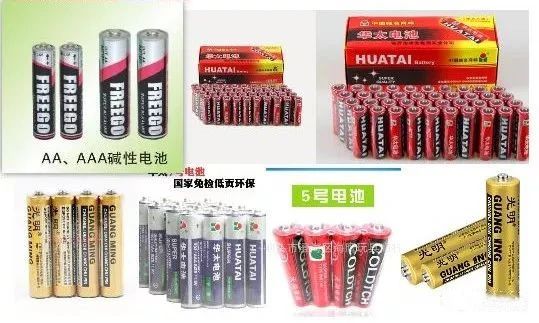
In addition to the above non hazardous batteries, which are more common and need to provide MSDS and cargo transportation condition appraisal to determine the appropriate batteries?
2. Non hazardous batteries requiring MSDS check:
1) Lithium battery: it can only be accepted as a general product after providing MSDS and complying with the special terms sp188 of IMDG Code.
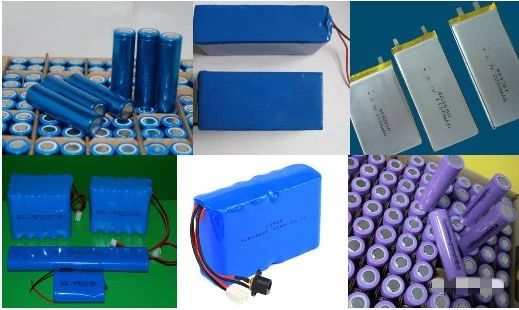
2) Lead acid battery: it can be accepted as a general product only after MSDS is provided and sp238 in accordance with the special provisions of IMDG Code is met.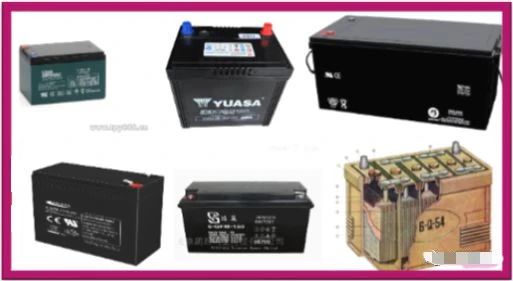
3) Ni MH battery: MSDS and cargo packaging photos shall be provided to confirm whether it can be accepted as general products. Please indicate the shipping form when applying.
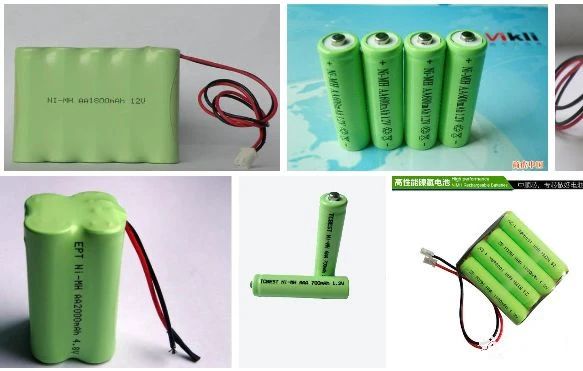
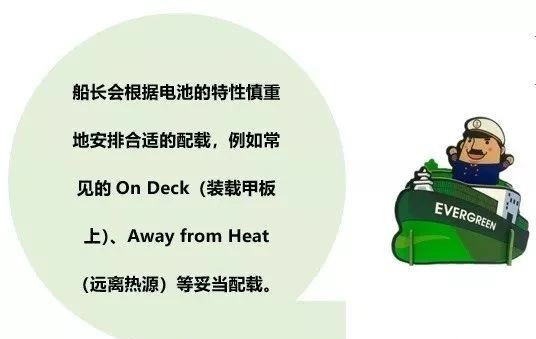
After the above introduction, I believe you have a deeper understanding of MSDs and battery. The safety characteristics of goods play an important guiding role for ship transportation. Only by correctly arranging the loading of containers can we ensure the safe shipment of goods.